Home>Furniture>Bedroom Furniture>What Are Bed Linens
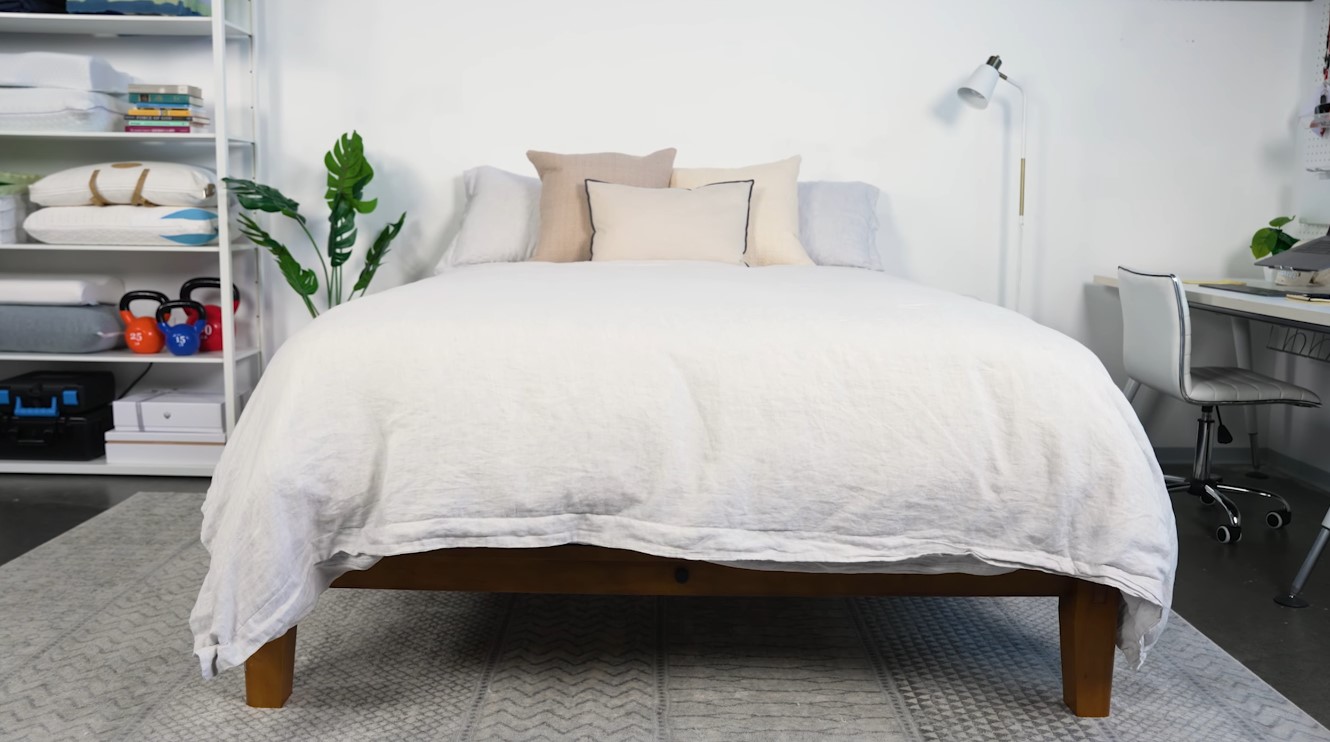

Bedroom Furniture
What Are Bed Linens
Modified: January 19, 2024
Looking for quality bed linens for your bedroom furniture? Discover a wide range of options and styles to enhance your sleeping space. Shop now!
(Many of the links in this article redirect to a specific reviewed product. Your purchase of these products through affiliate links helps to generate commission for Storables.com, at no extra cost. Learn more)
Introduction
Welcome to the wonderful world of bed linens! Your bedroom is not only a place for sleep, but also a haven for relaxation and comfort. And when it comes to creating a cozy and inviting sleep environment, choosing the right bed linens is essential. From soft sheets to plush pillowcases and luxurious duvet covers, the right bedding can transform your bedroom into a dreamy escape.
In this article, we will delve into the world of bed linens, exploring the various types available, the importance of choosing the right ones, factors to consider when selecting bed linens, and tips for caring for them. So, grab a cup of tea, get cozy, and let’s dive in!
Key Takeaways:
- Choose the right bed linens to enhance comfort, regulate body temperature, and create a visually appealing bedroom. Consider material, thread count, weave, size, and style to personalize your sleep space and promote restful sleep.
- Proper care for bed linens ensures longevity and maintains their quality. Follow washing instructions, separate colors, use gentle cleaning products, and store them properly to keep your linens clean, fresh, and comfortable for a long time.
Read more: How To Store A Bed
Definition of Bed Linens
Bed linens, sometimes referred to as bedding, are the textile products used to dress and cover the different components of a bed. They include sheets, pillowcases, duvet covers, and bed skirts. These linens are designed not only to enhance the aesthetic appeal of the bed but also to provide comfort and protection.
Sheets are perhaps the most basic and essential element of bed linens. They are rectangular fabrics that are fitted or tucked onto the mattress to create a smooth and comfortable sleeping surface. Pillowcases are fabric covers that are slipped over pillows to protect them and add a decorative touch.
Duvet covers are like oversized pillowcases that are used to cover and protect duvets or comforters. They come in various designs and patterns and can be easily removed for washing or changing the look of your bedding. Bed skirts, or dust ruffles, are decorative fabrics that are placed around the sides of the bed to conceal the box spring and create a polished and finished look.
Bed linens are available in a wide range of materials, including cotton, linen, silk, and microfiber. Each material offers its own set of benefits, such as breathability, durability, and softness. The choice of material can greatly impact the overall comfort and feel of your bed linens.
Bed linens also come in a variety of sizes to fit different bed dimensions. Standard sizes include twin, full, queen, and king, with variations for extra-long or California king mattresses. It is important to ensure that you select the correct size to ensure a proper fit and a neat appearance on your bed.
Types of Bed Linens
When it comes to bed linens, there are numerous options to choose from. Each type offers its own unique features and benefits. Let’s explore some of the most common types of bed linens:
- Sheets: Sheets are available in different materials, such as cotton, linen, and microfiber. Cotton sheets are the most widely used due to their breathability, softness, and durability. Linen sheets are known for their luxurious feel and natural cooling properties, making them ideal for hot sleepers. Microfiber sheets are a more affordable option and often prized for their wrinkle-resistant and hypoallergenic qualities.
- Pillowcases: Pillowcases can be found in a variety of materials and designs to complement your sheets and enhance the overall look of your bedding. They can be matched to your sheets or mixed and matched with contrasting colors or patterns to add a pop of style to your bed.
- Duvet Covers: Duvet covers are an excellent way to protect your duvet or comforter and add a decorative touch to your bedroom. They come in various materials, such as cotton, silk, and microfiber, and can be found in a range of colors, patterns, and textures to suit any style or preference. Duvet covers often feature convenient closures, such as zipper or button closures, for easy removal and washing.
- Bed Skirts: Bed skirts, also known as dust ruffles, are fabric panels that hang down from the mattress to the floor, concealing the space underneath the bed. They add a polished and finished look to your bed while also providing a functional purpose of hiding any stored items or clutter beneath the bed. Bed skirts are available in various lengths, styles, and colors to match your existing bedding or create a coordinated look.
Choosing the right type of bed linens depends on your personal preference, comfort needs, and the overall style and theme of your bedroom. With the wide variety of options available, you can mix and match different types of linens to create a custom look that reflects your unique taste and personality.
Importance of Choosing the Right Bed Linens
Choosing the right bed linens is not just about aesthetics; it can have a significant impact on the quality of your sleep and overall comfort. Here are some reasons why selecting the right bed linens is important:
- Comfort: Your bed linens directly contribute to the comfort level of your sleep. The materials, thread count, and weave of the sheets can affect their softness, breathability, and overall feel. Opting for high-quality, comfortable linens can make a noticeable difference in how rested and rejuvenated you feel each morning.
- Regulating Body Temperature: Different materials have varying degrees of breathability and temperature-regulating properties. For example, natural fibers like cotton and linen are known for their breathability, helping to wick away moisture and keep you cool during hot summer nights. On the other hand, fabrics like flannel or microfiber can provide warmth and coziness during colder months. By choosing bed linens that suit your personal temperature preferences, you can create a more comfortable sleep environment.
- Enhancing Hygiene: Bed linens come into close contact with your body for hours each night, and as a result, can accumulate sweat, body oils, and even allergens. Regularly washing your bed linens can help maintain good hygiene and minimize the presence of allergens, bacteria, and dust mites. Opting for hypoallergenic materials can also be beneficial for those with allergies or sensitivities.
- Creating a Visual Appeal: Bed linens play a significant role in the overall aesthetic appeal of your bedroom. They can transform a plain, ordinary bed into a focal point that reflects your personal style and creates a cozy atmosphere. The choice of colors, patterns, and textures can help create a specific mood or theme in your bedroom, allowing you to express your creativity and make your space truly yours.
- Durability: Investing in high-quality bed linens made from durable materials can save you money in the long run. They tend to withstand repeated use and washing without fading, pilling, or losing their softness. Choosing linens with tight weaves and higher thread counts can contribute to their longevity and ensure that they continue to provide comfort and style for years to come.
By carefully selecting the right bed linens, you can create a sleep environment that promotes comfort, relaxation, and restful sleep. Consider your personal preferences, sleep needs, and style when choosing your linens to create a space that you look forward to snuggling into each night.
When choosing bed linens, consider the thread count, material, and weave. Higher thread count doesn’t always mean better quality, so focus on the material and weave that best suits your preferences for comfort and durability.
Factors to Consider When Selecting Bed Linens
Choosing the perfect bed linens involves considering various factors to ensure optimum comfort, style, and functionality. Here are some key factors to keep in mind when selecting your bed linens:
- Material: The material of your bed linens significantly impacts their feel, breathability, and durability. Some popular choices include cotton, linen, silk, and microfiber. Cotton is known for its softness and breathability, linen offers a luxurious and textured feel, silk provides a smooth and cooling sensation, and microfiber is a budget-friendly option that offers wrinkle resistance and easy care. Consider your personal preferences and desired comfort level when choosing the material.
- Thread Count: The thread count refers to the number of threads woven into one square inch of fabric. A higher thread count usually indicates a softer and more durable fabric. Look for linens with a thread count of at least 200 for a comfortable and long-lasting option. However, keep in mind that thread count is not the only determining factor of quality, as factors like material and weave also contribute to the overall feel of the linens.
- Weave: The weave of the fabric affects its texture, breathability, and appearance. Common weave options include percale, sateen, and twill. Percale has a crisp and cool feel, sateen has a smooth and lustrous appearance, and twill offers a more textured and durable fabric. Consider the pros and cons of each weave and choose the one that aligns with your preferences.
- Size: It is essential to select the correct size of bed linens to ensure a proper fit. Take accurate measurements of your mattress, including its depth, and refer to the sizing chart provided by the manufacturer. Standard sizes include twin, full, queen, and king, with variations for extra-long or California king mattresses.
- Style and Design: Bed linens are an integral part of your bedroom decor, so consider the style and design that align with your taste and existing decor. Choose from a variety of colors, patterns, and textures to create a cohesive and visually appealing look. Whether you prefer solid colors, floral prints, or geometric patterns, selecting linens that resonate with your personal style will help create a space that feels inviting and comfortable.
- Easy Care: Consider the care requirements of the bed linens before making a purchase. Some materials and styles may require special washing instructions or extra care to maintain their quality. If you prefer low-maintenance options, look for linens that are machine washable and do not require extensive ironing or dry cleaning.
By taking these factors into consideration, you can select bed linens that not only provide comfort and functionality but also enhance the overall aesthetic appeal of your bedroom. Remember to prioritize your personal preferences and needs to ensure a satisfying and enjoyable sleeping experience.
Read more: How To Store Bedding Sets
Tips for Caring for Bed Linens
Caring for your bed linens properly can help extend their lifespan, maintain their quality, and keep them looking and feeling fresh. Here are some useful tips for caring for your bed linens:
- Washing Instructions: Always follow the manufacturer’s washing instructions provided on the care label of your bed linens. Different materials may have specific care requirements, such as temperature settings, washing methods (machine wash or hand wash), and suitable detergents. Adhering to these instructions will help prevent damage or shrinkage of your linens.
- Separate Colors: When washing your bed linens, separate them by color to prevent color bleeding or staining. Whites and light colors should be washed separately from dark or vibrant colors to maintain their brightness. Sorting your linens before washing is a simple but effective step to keep them looking their best.
- Gentle Cleaning Products: Use mild and gentle detergents when washing your bed linens. Harsh chemicals and bleach can cause discoloration and weaken the fabric fibers over time. Opt for detergents that are specifically designed for delicate fabrics to ensure gentle yet effective cleaning.
- Avoid Overloading: Avoid overloading your washing machine when laundering bed linens. Giving the linens enough space to move freely during the wash cycle promotes better cleaning and prevents excessive wrinkling. If necessary, split your linens into multiple loads to ensure thorough cleaning and care.
- Proper Drying: Follow the recommended drying method for your bed linens. Some linens can be tumble dried on low heat, while others may require line drying or laying flat to dry. Over-drying your linens can lead to wrinkling or shrinkage, so remove them from the dryer promptly once they are dry or slightly damp.
- Ironing: If you prefer wrinkle-free bed linens, iron them according to the fabric’s recommended temperature settings. Ironing can help create a smooth and crisp appearance, enhancing the overall look of your bed. However, if you prefer a more relaxed or natural look, you can skip ironing and embrace the gentle wrinkles that certain fabrics naturally develop.
- Storage: When not in use, store your bed linens in a cool, dry place away from direct sunlight. Avoid storing linens in plastic bags, as they can trap moisture and lead to musty odors. Instead, consider using breathable fabric storage bags or linen closets to keep your linens fresh and ready for use.
By following these tips, you can ensure that your bed linens remain clean, fresh, and comfortable for a long time. Proper care not only maintains their quality but also contributes to a more enjoyable and hygienic sleep environment.
Conclusion
Bed linens are not just functional items, but essential components that contribute to the comfort, style, and overall ambiance of your bedroom. Choosing the right bed linens involves considering factors such as material, thread count, weave, size, and style. By taking these factors into account, you can create a sleep environment that meets your comfort preferences and reflects your personal style.
Investing in high-quality bed linens made from comfortable and durable materials can greatly enhance your sleep experience. Whether you prefer the softness of cotton, the luxurious feel of silk, or the breathability of linen, there are options to suit every individual’s needs and preferences.
Caring for your bed linens properly is equally important to maintain their quality and longevity. Following the manufacturer’s washing instructions, separating colors, using gentle cleaning products, and properly drying and storing your linens can help keep them clean, fresh, and looking their best.
With a vast range of colors, patterns, and textures available, bed linens give you the opportunity to personalize your sleep space and create a cozy haven. They not only provide comfort but also play a vital role in enhancing the visual appeal of your bedroom.
So, whether you’re looking to refresh your bedroom decor, find comfort and relaxation, or simply improve the quality of your sleep, take the time to evaluate your bed linens and consider upgrading to options that align with your preferences and needs. With the right bed linens, you can transform your bed into a luxurious retreat and create a sleep environment that you look forward to returning to each night.
Frequently Asked Questions about What Are Bed Linens
Was this page helpful?
At Storables.com, we guarantee accurate and reliable information. Our content, validated by Expert Board Contributors, is crafted following stringent Editorial Policies. We're committed to providing you with well-researched, expert-backed insights for all your informational needs.
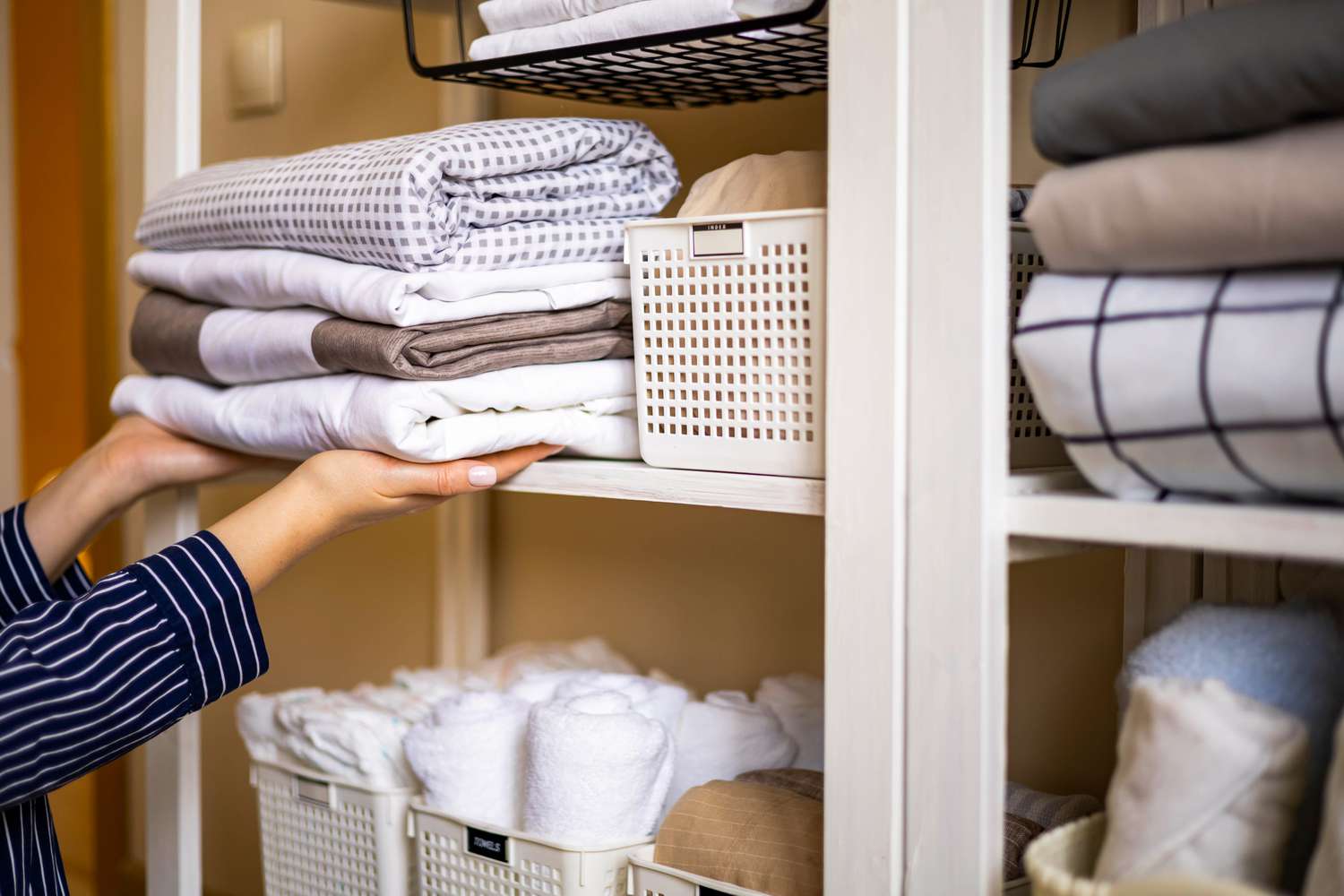
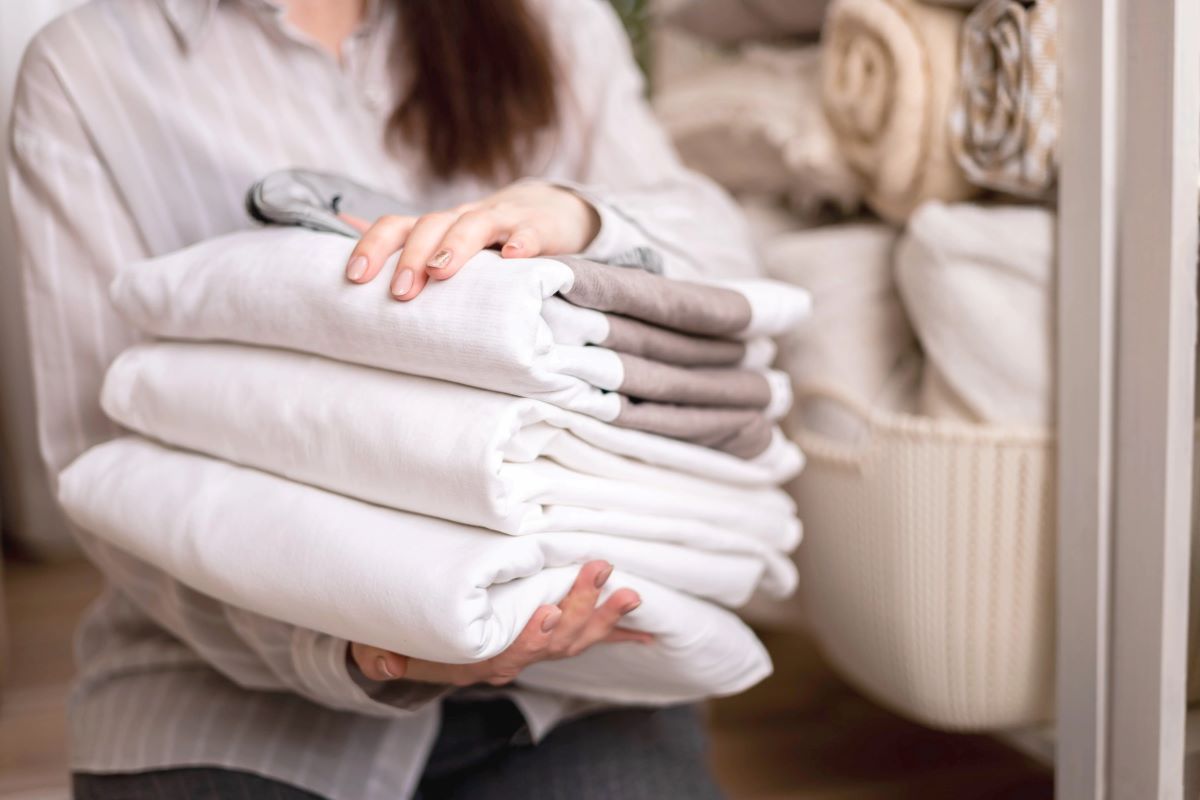
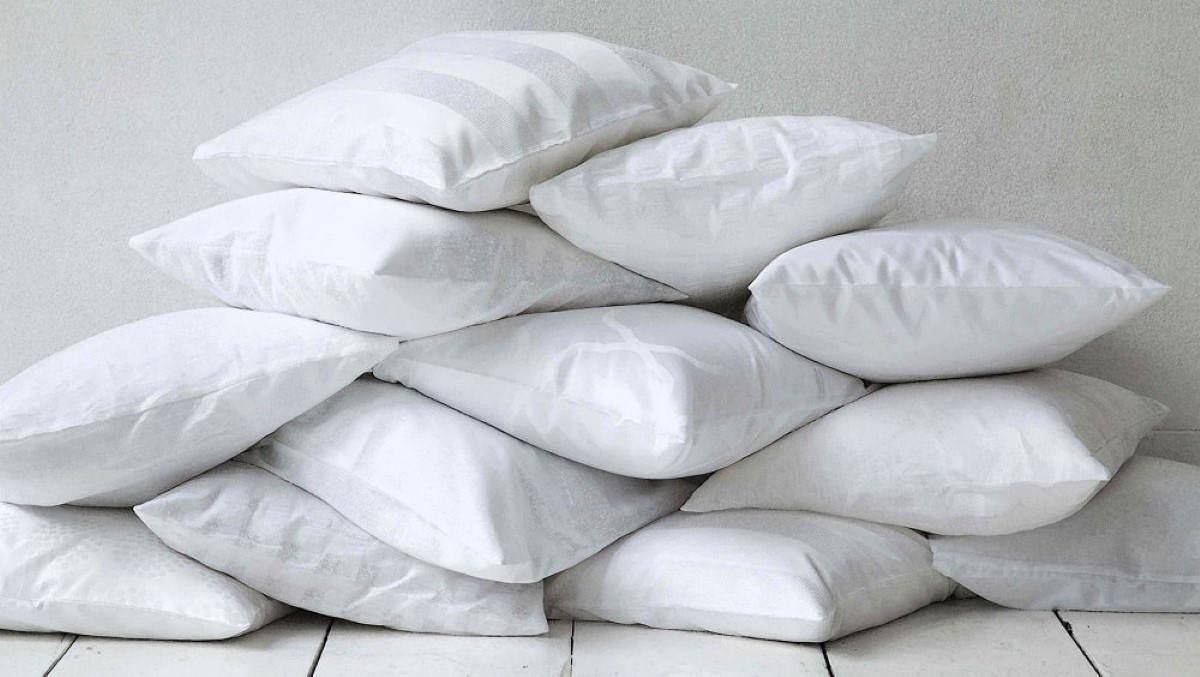
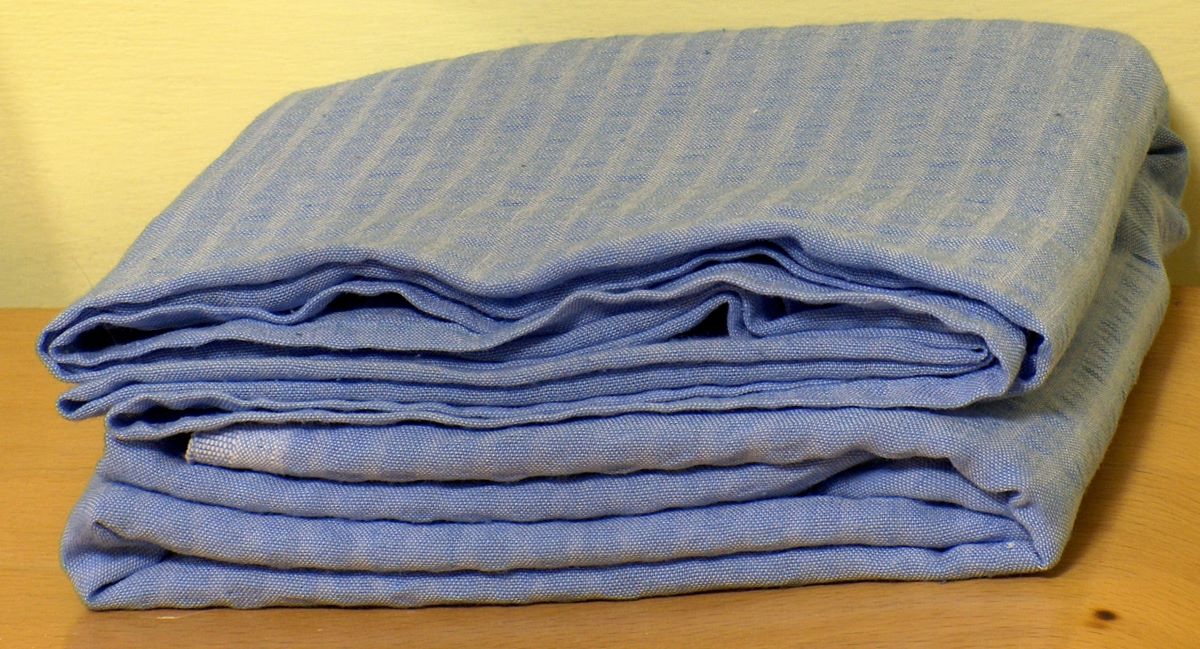
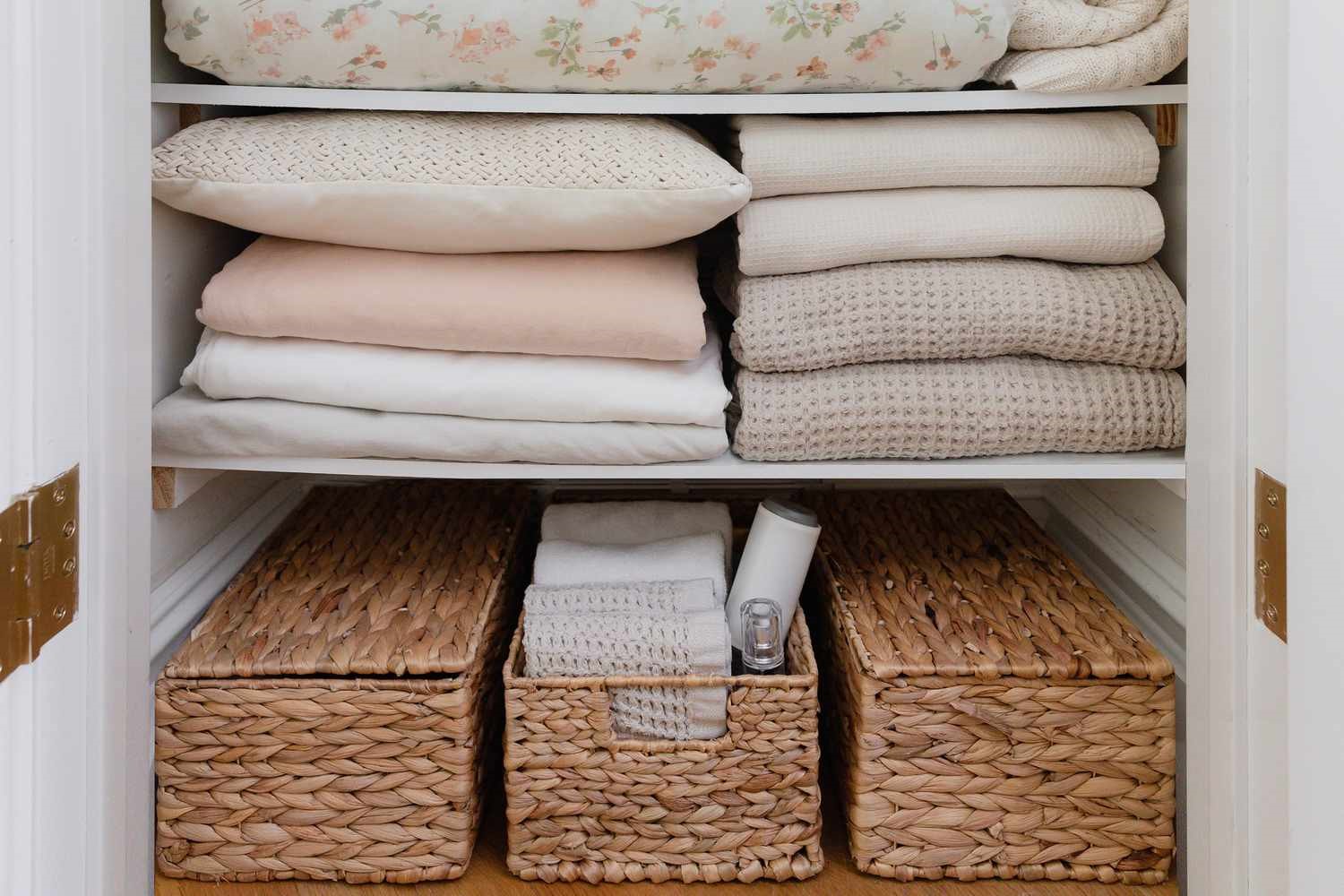
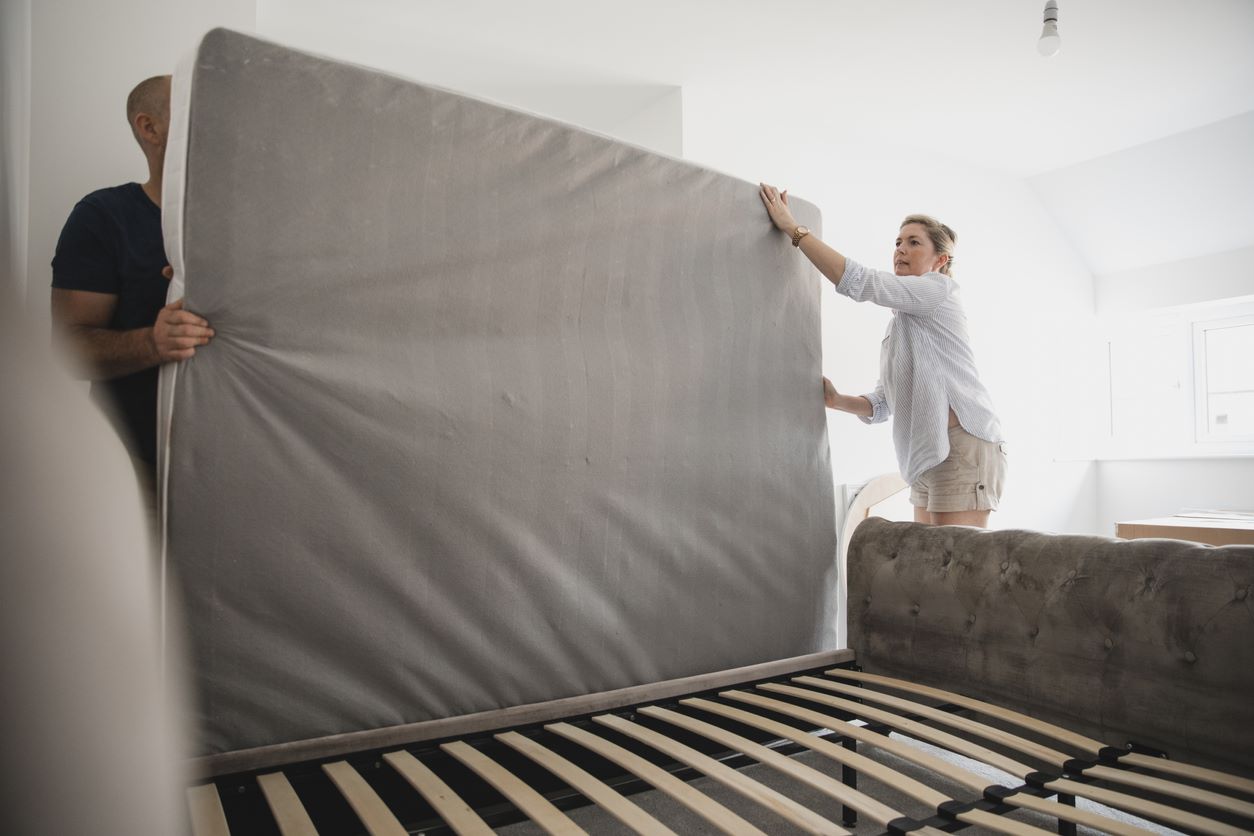
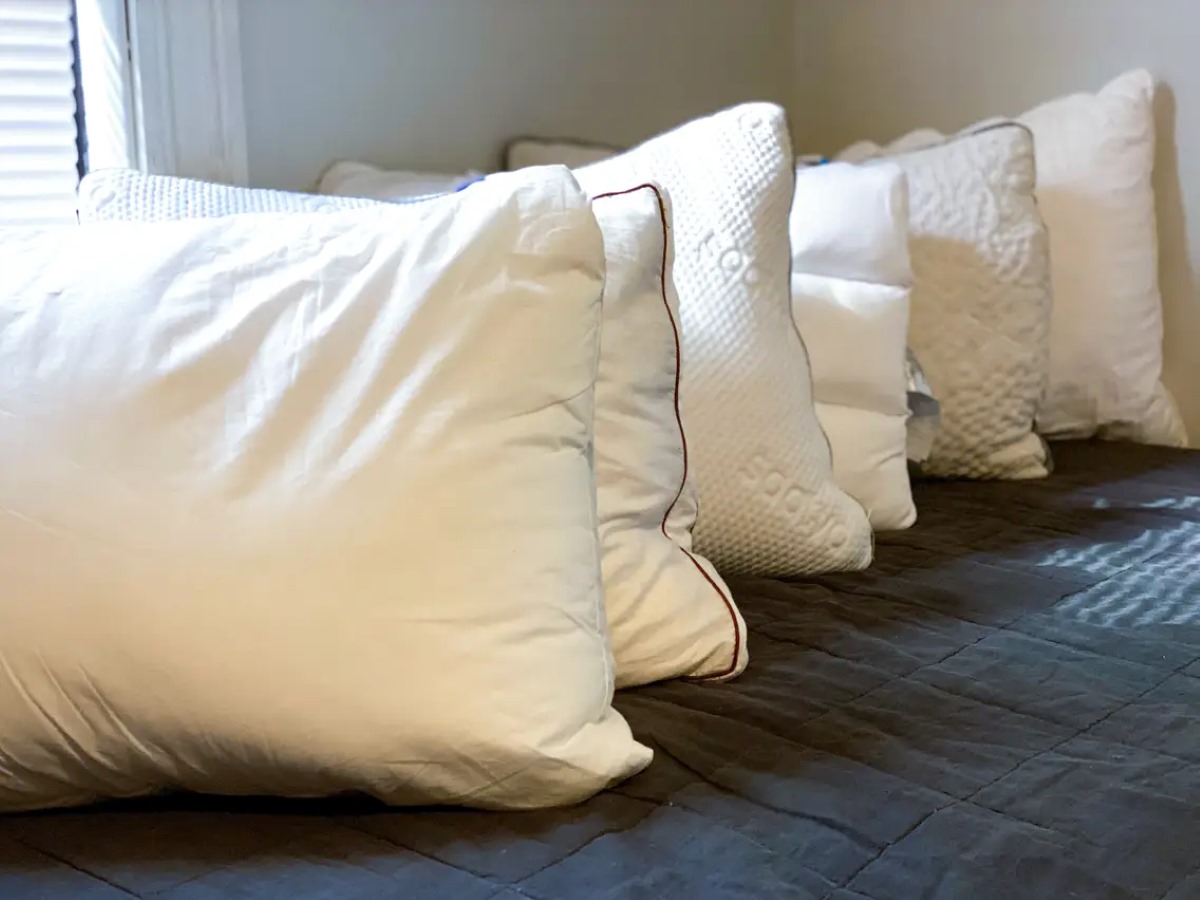

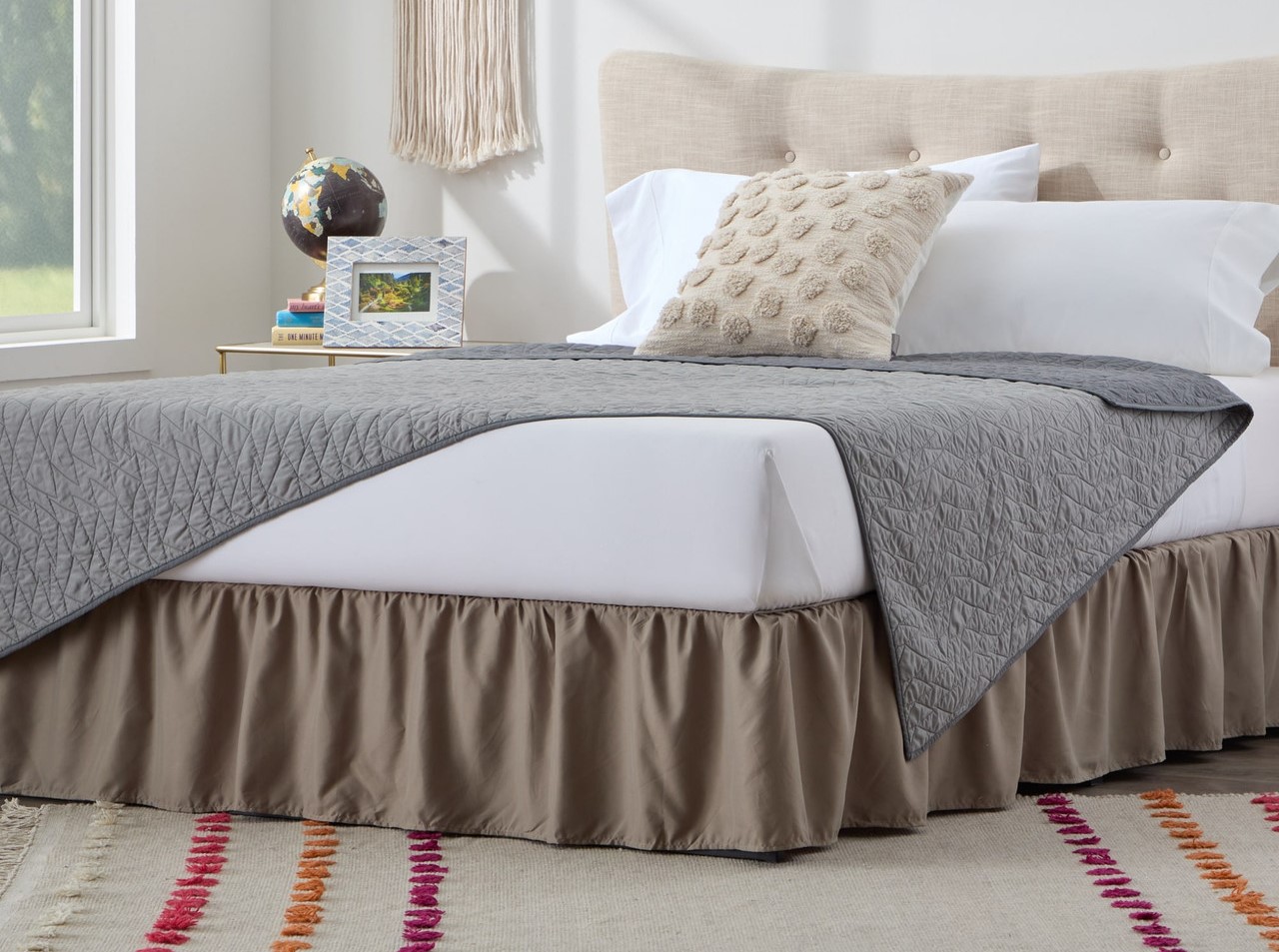

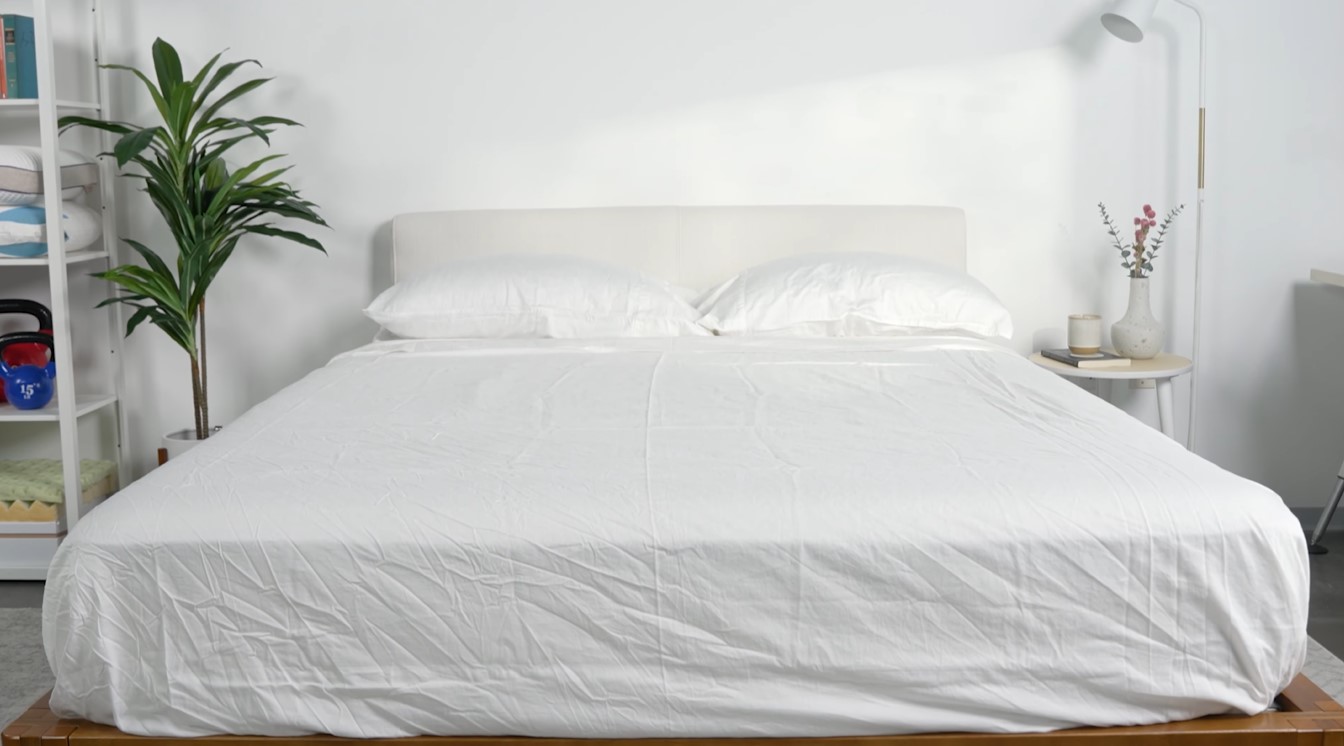
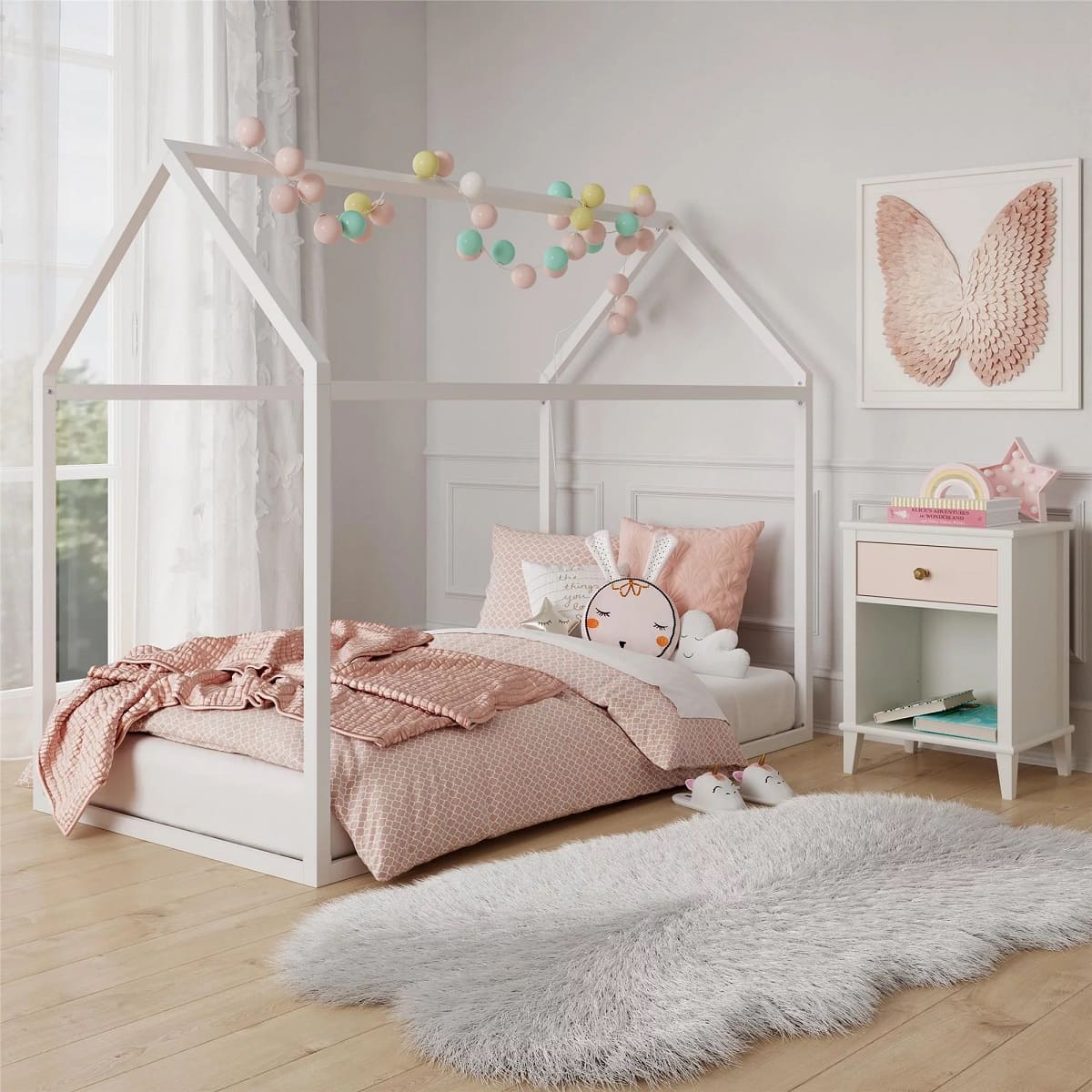
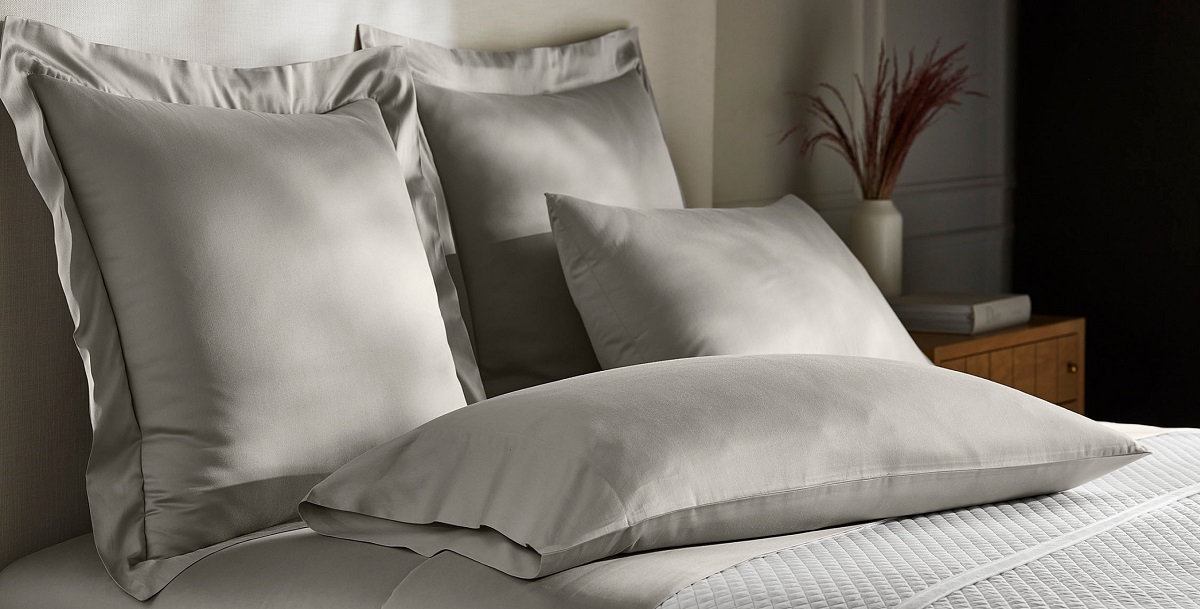
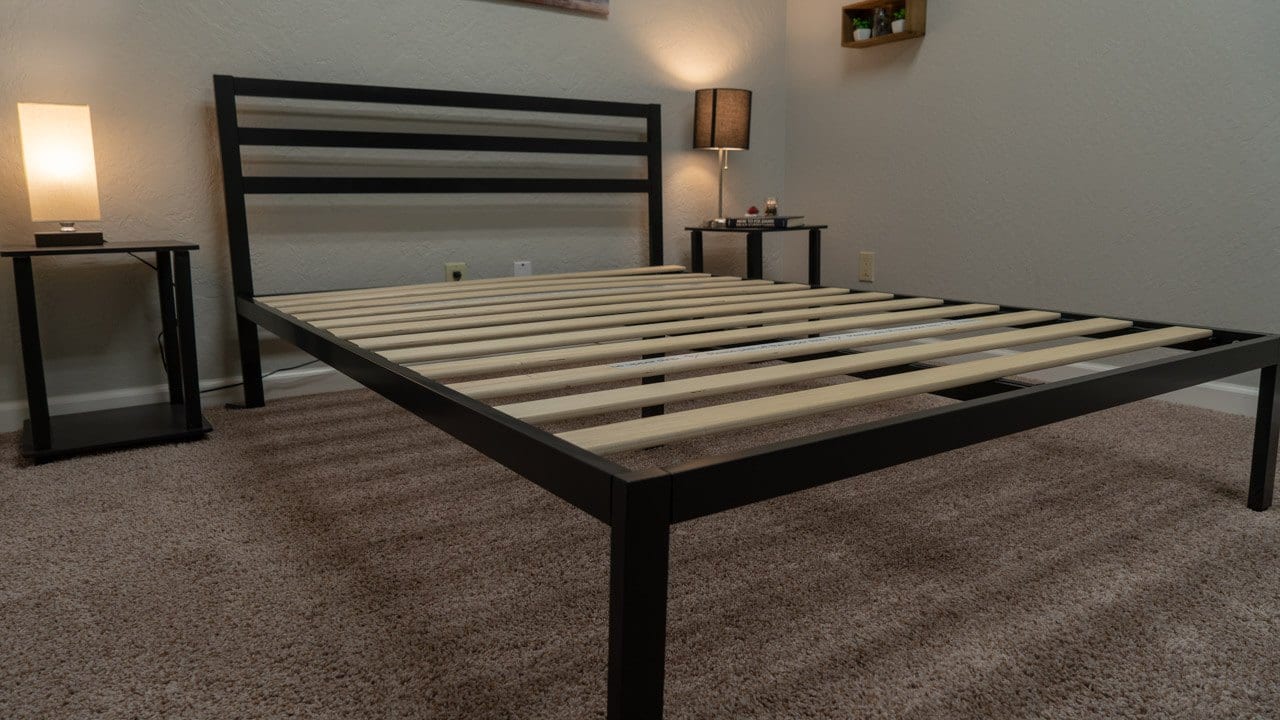

0 thoughts on “What Are Bed Linens”